You can use the Media Creation Tool to do a fresh install on a device already running Windows 10. It's also possible to use the "Reset this PC" feature to quickly wipe out the hard drive and reinstall the operating system without the need for additional tools. Or, if the computer does not start, you can even use the Advanced startup options or mount the ISO file to File Explorer to complete a clean install. That being said, however, if you follow the instructions given in this guide, you can easily do a clean install or reinstallation of Windows 10 without much trouble. Please note that this method may not work on tablets that do not have an attached keyboard.
It also assumes that your device has a working Internet connection. Downloading the .iso file does not automatically install the software to your device. Files with an .iso extension must first be unpacked or extracted.
The operating system of your computer will determine just how you will unpack these files. One option is that the .iso file may be burned to a CD/DVD if you have access to a CD/DVD burner. For newer operating systems, the .iso file can be "mounted" or opened using Internet Explorer. The download can be accessed at the URL cited below in the "Windows XP/Windows 7" section of this document.
You may copy the link into your browser. This download pertains to Windows XP and Windows 7 operating systems only. Separate instructions are provided for the Windows 8.1 and Windows 10 operating systems. For additional instructions regarding the "Virtual CD-ROM Control Panel", please search the Microsoft Knowledgebase. If you are using bootable installation media to perform a clean install on a PC that has never been upgraded to Windows 10 and activated, you will need to enter a product key.
You can enter a product key from Windows 10 or from a matching edition of Windows 7, Windows 8, or Windows 8.1. Residents of the United States who don't own a qualifying Windows license can skip entering a product key and purchase a license online from the Windows Store after setup is complete. Once you complete the steps, a clean installation will be performed using the local image. If this is a branded computer, the setup will restore all the original settings previously available with the device. This means manufacturer-specific settings, drivers, applications, and tools.
If you don't want to reinstall the custom image provided by the manufacturer, use the "Cloud Download" option . If you downloaded a Windows 10 ISO to install later, you need to create bootable Windows 10 installation media using an ISO burning tool. You can burn the Windows 10 ISO to a USB flash drive or a disc. You'll find instructions for both options below. Sometimes you want may want to do a clean installation of Windows 10 on your PC.
Install Windows With Iso File Reasons you might want to do it is if you just bought a PC and it contains a lot of bloatware from the manufacturer and you want to start fresh. Or you might have a computer with an older version of Windows on it. Whatever the reason you want to perform a clean install you'll need the ISO image.
Then you can make a Windows 10 bootable USB drive or DVD or install it on a virtual machine. Here's how to download it from Microsoft. You may need to reinstall driver software, plug-ins, and virtual instruments all over again. So before reinstalling Windows, be sure to back up your files to a secondary hard drive. Whichever way you choose, you will use your Windows 11 ISO file to create a bootable install USB Flash drive or install Windows 11 in a virtual machine. You can even get away with skipping the product key so you can run the new operating system completely for free .
This option has been designed to reinstall Windows 10 when the recovery feature is not working with the local image or using a branded computer with a custom image. If you choose this option, the setup will download the same version already installed on the device, which means you cannot use this method to upgrade the computer to a newer version. However, the difference is that when you select this option, the setup will download a fresh installation image from the Microsoft server. A clean install of Windows 10 is the recommended approach to upgrade to the latest version of the operating system. This effectively takes the .ISO file and reads it as if it were a real DVD, which is then accessible via My Computer (or "This PC").
My favorite program for doing this isDaemon Tools Lite - just be careful when installing this program as the setup file comes bundled with extra junk software. Another program I use isWinCDEmu; it's very light weight and easy to use. To use it, simply right click over top of the ISO file and then mount a drive letter.
To remove the virtual drive, right click the drive letter via My Computer or This PC and 'eject' the disc. ISO images are handy as they allow you to create bootable media that can be used as a recovery environment for troubleshooting or performing clean installs of the latest Windows 10. You can also use them to make Windows 10 virtual machines using Hyper-V, VirtualBox, or VMware. When a new version of Windows 10 is released, Microsoft also releases new ISO disk images of the operating system to perform clean installs or create a bootable recovery environment. This article provides two ways you can download the latest Windows 10 ISO images from Microsoft.
This free download allows you to create a bootable USB flash drive directly. If you choose to install directly to a USB or disc, follow the onscreen instructions to complete your installation. If you're installing Windows 10 further down the line, read the next section on how to create bootable media.
Got to thank Microsoft for this tool. Reinstalling Windows was such a mess few months ago. Most other windows ISO sources couldn't be trusted (Torrents esp was/is filled with ISO files that doesn't match the original MS checksums). The ones who bought Windows installation DVDs separately could reinstall however recently many laptops don't come with CD drives. In the Install Windows screen, personalize your language, time, and keyboard preferences, select Next, and click Install Windows.
Besides creating a Windows ISO image from the existing installation, MiniTool ShadowMaker also enables you to back up files/folders, partitions/volumes, system, and hard disk drives. Actually, MiniTool ShadowMaker is more a data backup app than a bootable media creator. Usually, you have to rely on a professional and powerful tool to create a system ISO.
Such tools can pick up everything needed to build an image file from your computer and make sure the created ISO image is bootable. Below will take MiniTool ShadowMaker for example to show you how to make a bootable iso of existing windows installation. If you want to do a new installation of Windows 10 then you can download the Windows 10 Windows Media Creation tool. This will automatically download Windows and create a bootable media like USB or DVD for you. The media creation tool acts as a Windows 10 download tool plus a bootable USB builder.
You can perform a clean install as well as upgrade your current installation. Next, you need to create a virtual drive. Microsoft says that 16GB is the minimum space needed for the 32-bit version, but 20GB is required for the 64-bit version. I decided on a 50GB virtual drive on my desktop, but feel free to make it as large as you need.
Just be sure that you have enough space on your actual hard drive to handle the size of your virtual drive. Depending on what you intend to do with the OS, you may want to allocate more or less storage. Applications installed to a VM should be assumed to require the same amount of "real" storage that their standard installations would. You should probably create a Windows 10 bootable USB stick or DVD as a backup , especially if you purchased your copy online or lost the original installation media.
If you have a huge issue with your current install or are facing a new machine without an installed OS, having a bootable USB or DVD can be a lifesaver. In the "Windows 10 Setup" window, choose Upgrade this PC now if you want to upgrade Windows 7 or Windows 8.1 to Windows 10, and hit Next. To get Windows 10 ISO images, or to create a Windows 10 DVD disc or USB flash drive, choose Create installation media for another PC, and hit Next. We will use the second option. To complete your unattended Windows 10 installation media, follow the Make Windows 10 Installation Media section covered earlier in the article. When you finish burning the Windows 10 installation to your USB flash drive or disc, you must copy the Autounattend.xml file into the root directory, alongside the installation files.
ISO image file or how to burn Windows ISO to USB drive? Actually Microsoft provides genuine Windows 10 offline ISO file for download to public and anyone can download this original Windows 10 setup ISO file from Microsoft website. The downloaded ISO file can be used to upgrade existing Windows version to the latest Windows 10 version or you can clean install Windows 10 in your computer using the ISO file. Once you complete the steps, Rufus will run the automated script to download the Windows 10 ISO file from the Microsoft servers. Then you can use the tool to create a bootable media to install Windows 10 on a UEFI device without the need for the Media Creation Tool.
The "Go Back" feature, which allows you to reinstall a previous version of Windows, is available for 10 days after installing Windows 10. The Windows installation files occupy a large amount of hard drive storage space during that time. The files are deleted automatically after 10 days. However, if you want to regain the storage space before 10 days have passed, you can manually delete the files.
The Windows 10 setup comes in the form of an ISO file. An ISO is a single file containing all Windows 10 installation media. The ISO file can be burned on a USB drive or a DVD drive to make the drive bootable. You can also extract the contents of the ISO file and install Windows from extracted files.
But this limits your ability to clean install the Operating System. You will only be able to install the OS without formatting the primary C drive. Windows 10 ISO images are available for download for everyone.
Microsoft makes the ISO files available so that the users can download and clean install/upgrade Windows without any issues. Microsoft provides multiple ways to download and install the latest version of Windows. We will discuss some of the ways in detail in this article. Can I convert a Windows 10 ISO to USB? To make a copy of Windows 10 on a USB flash drive, download and launch the Windows Media Creation tool, select Create installation media and follow the prompts. Then download and install Rufus to complete the process.
Once you complete the steps, the clean installation process will begin, like using the Media Creation Tools or USB flash drive to upgrade the system. The conventional way to do a Windows installation is either use a DVD install disc or bootable Windows USB drive. However, what if you do not have access to either of those and you still want to install a copy of Windows 10 on your PC?
If so, how do you go about doing this without the help of either a DVD or USB flash drive? This article shows you a way to do either a clean install or a reinstallation of Windows 10 without using USB drive or DVD disc. While you don't have to reinstall Windows 10 regularly, there may be a time where you'll need to perform a clean installation. The most common reasons are when you get a new system hard drive, build a PC, or if you need to upgrade from an older version (i.e., Windows 7 or Windows 8). Go to the VirtualBox website, and download the latest version of Oracle's free, open source software. Go through the installation process, and then launch the application.
Press the "New" button, and name your virtual machine. You will now have the latest Windows 10 ISO image file saved to your folder, which can be used for virtual machines or to create bootable media at a later date. I have done the clean install using the Windows download tool and a usb flash drive. Everything went smoothly no problems. On Windows 10, you can use at least two tools to create a USB bootable media.
You can use the Microsoft Media Creation Tool to download the files onto a removable storage with support for both firmware types . Or you can use Rufus, a third-party tool that makes it easy to create a flash drive to install Windows with support for UEFI. To install Windows bit, purchase Windows bit from Microsoft and perform a clean install of Windows bit from the Microsoft download site. In some cases HP might not provide compatible software and updated drivers for your model. I already downloaded 20H2 version. Now when I boot it through Rufus for GPT partition.
Rufus uses NTFS for formatting purpose. While installing window it say format USB Drive as FAT32. When I Click FAT32 option in Rufus, it automatically change to NTFS when I select iso file.
Before you can begin your install, you need to get a Windows 11 ISO file. Of course, you could download the Media Creation Tool to perform an in-place upgrade that doesn't require to create a bootable media or using the Update Assistant. Once you complete the steps, the process will take over and reset your computer to the default settings by erasing and reinstalling a clean copy of Windows 10. The time of completion will depend on your computer hardware configuration and the reset configuration you selected. Also, you have to make sure the computer can start from USB, which means that you may need to adjust the BIOS or UEFI settings.
However, since these settings are different on most devices, you will have to check your manufacturer support website for more specific details. You'll need to reinstall any apps you have. Since it reinstalls directly from the disk partition, no internet connection is required.
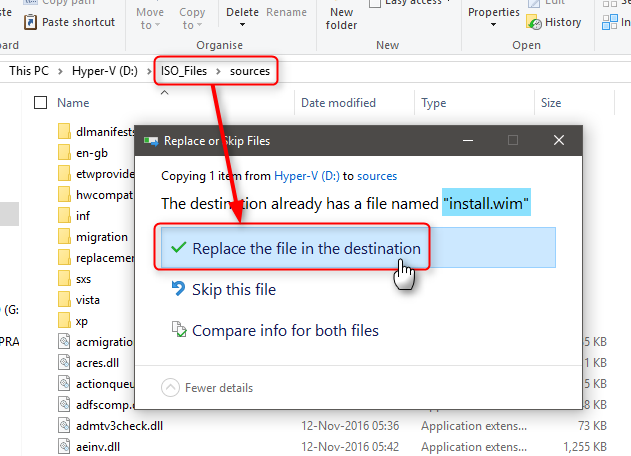
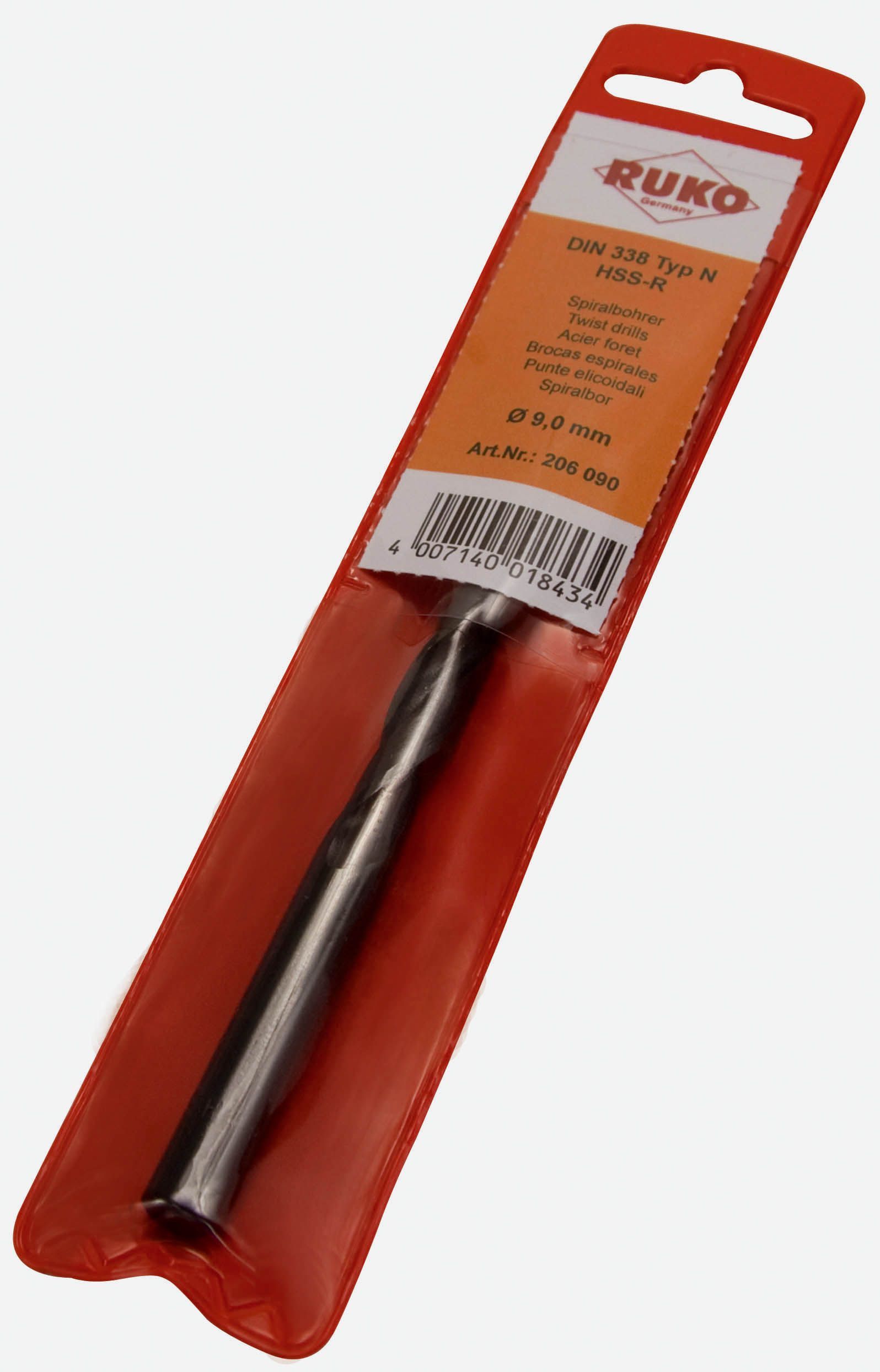
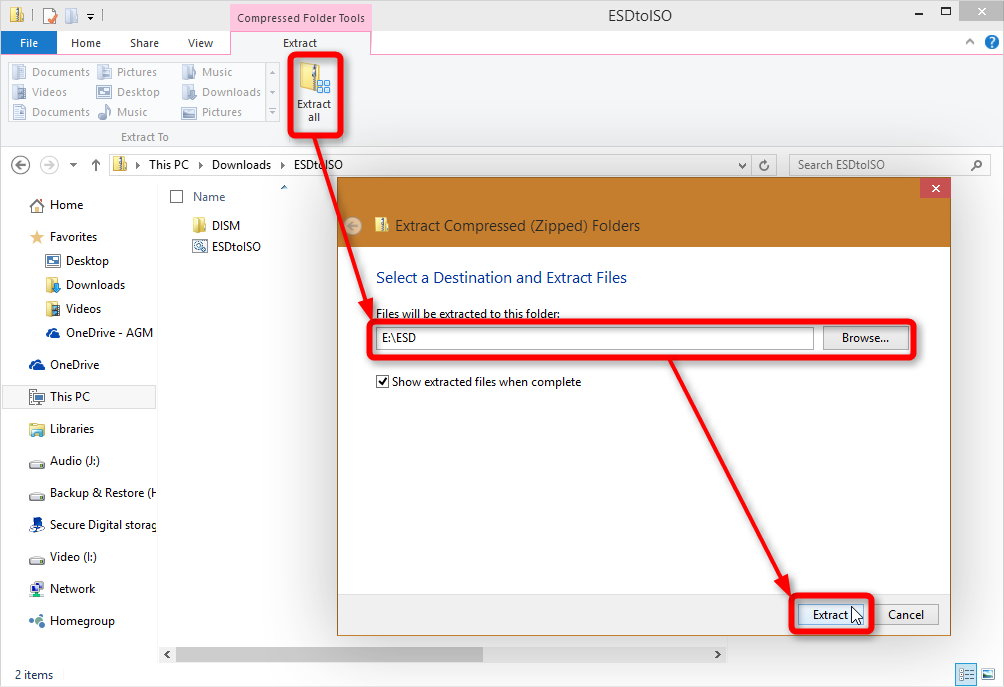










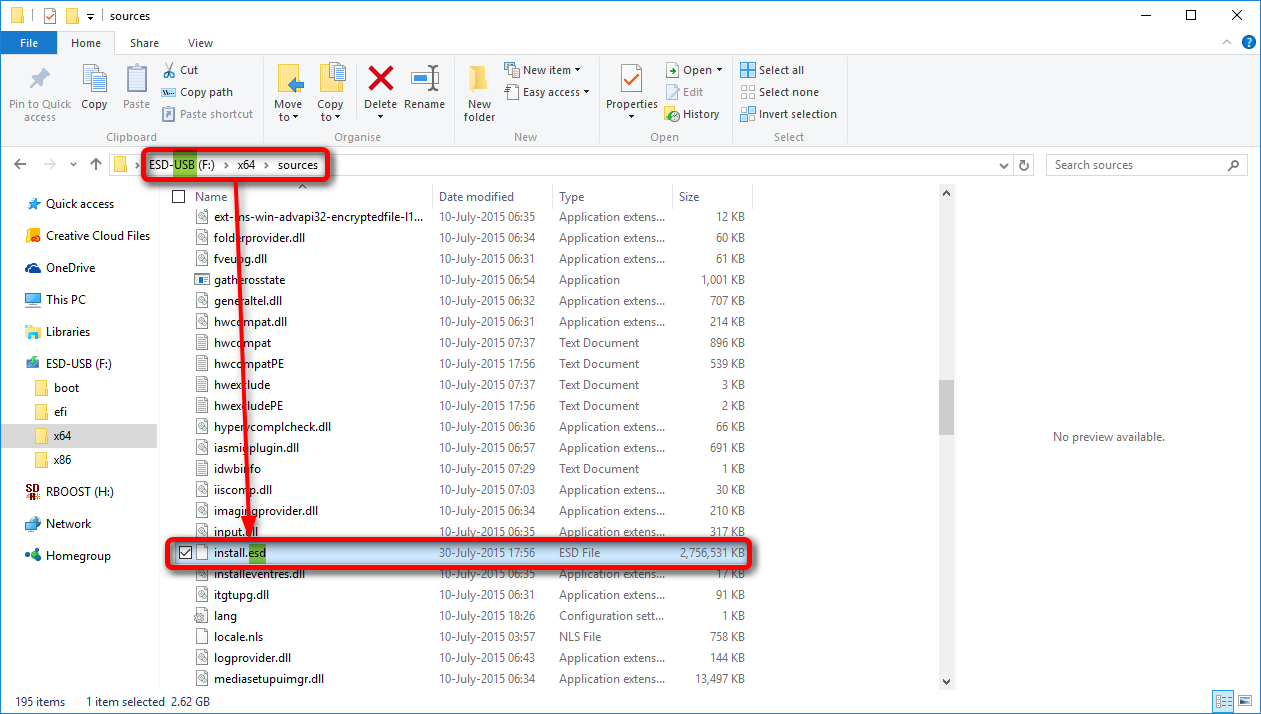




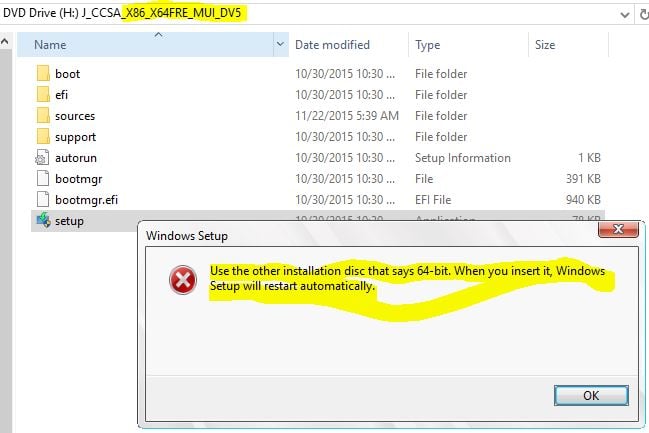
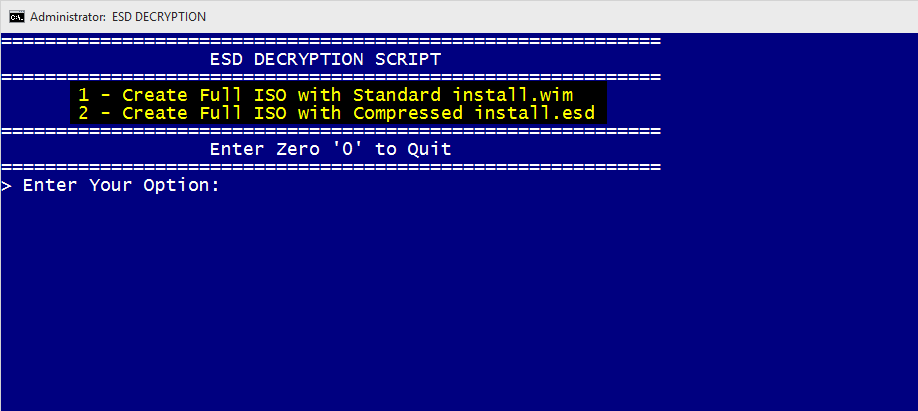

No comments:
Post a Comment
Note: Only a member of this blog may post a comment.